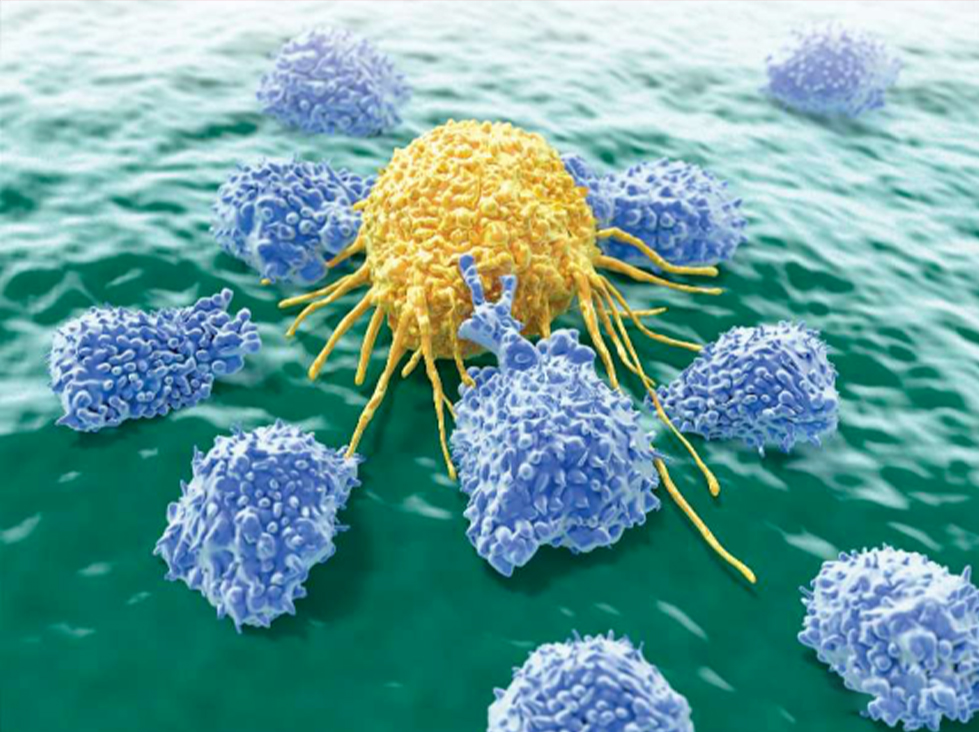- 449
- HENGLU NEWS
On October 5, 2022, the Royal Swedish Academy of Sciences announced the awarding of the 2022 Nobel Prize in Chemistry to American scientists Carolyn R. Bertozzi, Carolyn Barry Sharpless, and Danish scientist Morten Meldal, in recognition of their contributions to the development of click chemistry and bioorthogonal chemistry.
As the eighth woman to receive the Nobel Prize in Chemistry since its inception in 1901, Carolyn R. Bertozzi's research has garnered attention from scholars worldwide. Her prior lecture at Stanford on "Sugar and Cancer" also won her numerous admirers. In the lecture, Carolyn used simple and relatable language to take us on a magical journey through human cells.

"When we shrink ourselves down and fly along the surface of human cells in a tiny airplane, what can we see?" Carolyn vividly depicted a wonderful scene, explaining, "The surface of cells, much like the earth's terrain, has varied geographical features, with the forests and shrubs representing complex glycoproteins."
This sugar is not just any sugar; it is a type of glycoprotein, which can be described as "plants on the cells" that wrap around the cell surfaces. Previously, little was known a bout glycoproteins, and they were thought to strengthen or bolster cells in some respect. In reality, they are complex in structure and varied in functionality, storing vast amounts of information and are extremely important in the medical field.
Many people do not realize that the scientific basis for differentiating blood types lies in the glycoproteins on the surface of human red blood cells. Glycoproteins wrap around the blood cells, and their chemical structures determine a person’s blood type. Simply put, A blood type has different sugars than B blood type, AB blood type possesses sugars from both, while O blood type has none.
"Can glycoproteins provide more information about the human body? As research advances, scientists have discovered that glycoproteins may also indicate whether we have cancer," Carolyn stated. When cells undergo malignant transformation, the sugars on their surface undergo specific changes—such as lengthening, shortening, increasing or decreasing in number—showcasing different changes in various kinds of cancer.
Pathological experiments on cancerous cell slices show that when cells transition from healthy to pathological, the glycoproteins on their surfaces change; one of these chemical changes is an increase in the density of a specific glycoprotein called sialic acid. Carolyn asserted that sialic acid will become one of the most important glycoproteins of our time.
Sialic acid is not the sugar we typically consume; it is a glycoprotein that can be found in every cell of the body and is quite common. In fact, cancer cells contain more sialic acid than healthy cells. Research indicates that cancer cells can wrap themselves in thick layers of sialic acid, reducing immune cells' ability to identify them, which severely diminishes the efficacy of cancer immunotherapy.
"When an immune cell wraps around a cancer cell, it looks for disease signals. If it can detect a signal, the immune cell will be activated and launch a fierce attack on the cancer cell until it is eliminated," Carolyn explained to her audience. When a cancer cell is wrapped in a thick layer of sialic acid, immune cells will mistake it for a healthy cell. How to effectively remove the glycoproteins on the cell surface has become a focus of research for various institutions and laboratories, allowing cancer cells to shed their camouflage and revealing them for immune system recognition, while also signaling the immune system to avoid attacking normal cells, thus preventing autoimmune diseases due to misidentification by the immune system.
We know that sugars, proteins, and nucleic acids are three essential classes of biological molecules that are indispensable for life activities. With the completion of the complete map of the human genome in 2001, life sciences entered an era of genomics and proteomics. As people continue to reveal the complex molecular structures of sugars on cell surfaces and delve deeper into their functions, the significant role of sugars as cell identity markers has become increasingly prominent. Researchers are continuously exploring to further decode the vast information contained within, aiming to utilize their beneficial functions to combat viruses and various diseases as a new "weapon."
As early as 2016, a research team led by Carolyn designed a therapeutic approach that involved reducing sialic acid on tumor cells to block all lectin molecules. The team confirmed that the antibody trastuzumab, used for breast cancer treatment, could be linked to sialidase to remove sialic acid from HER2+ cancer cells in vitro, enhancing NK cell attack against cancer cells.

Currently, NK cell therapy in immunotherapy has made revolutionary progress in clinical research. Researchers are boosting patients' immune functions by activating and enhancing NK cells, allowing the immune system to protect the body from cancer and promoting better health.
In recent years, as researchers have delved into a specific type of sugar—human milk oligosaccharides (HMOs)—they have found that some sugars within HMOs can significantly activate NK cells.
In 2019, experiments conducted by the University Medical Center Groningen in the Netherlands confirmed that Lacto-N-trioseⅡ (a type of HMOs, also known as lactose-N-trisaccharide) could activate NF-κB through the TLR pathway, demonstrating immune regulatory effects on immune cells such as macrophages.

A study published in the internationally authoritative journal Journal of Functional Foods in the field of research on healthy and bioactive food ingredients titled "Human milk oligosaccharides and its acid hydrolysate Lacto-N-trioseⅡ show immune modulatory effects via TLRs in a dose and structure-dependent way" indicated that Lacto-N-trioseⅡ could activate NK cells effectively, providing new choices for auxiliary treatment for cancer postoperative recovery.
Researchers have also found that Lacto-N-trioseⅡ can rapidly inhibit the growth of pathogenic bacteria, enhance the abundance of beneficial bacteria, and promote their colonization, playing a positive role in regulating the human immune system. It can be widely applied in infant formula, functional foods, functional beverages, nutritional supplements, special medical foods, and the pharmaceutical field.



